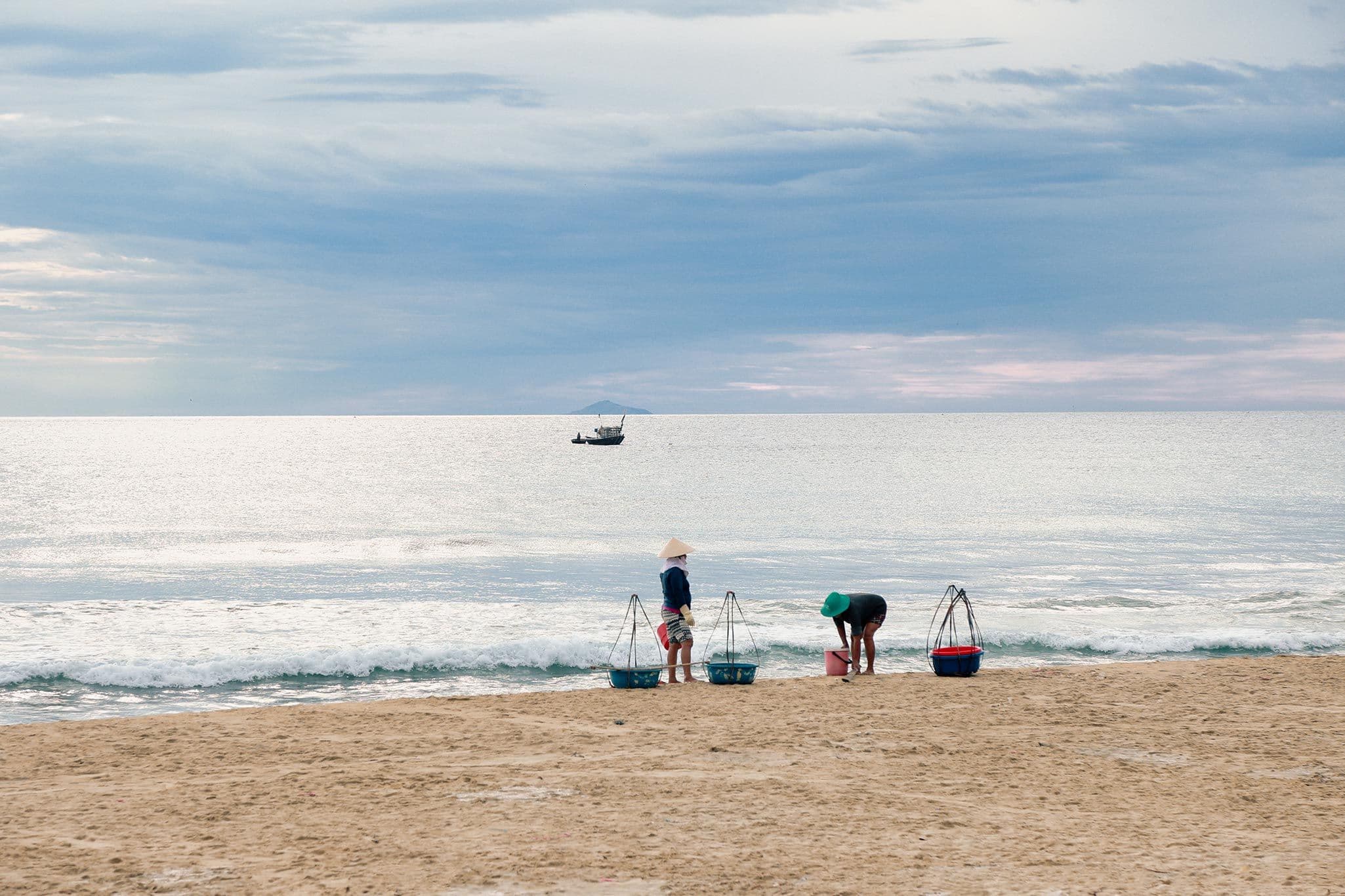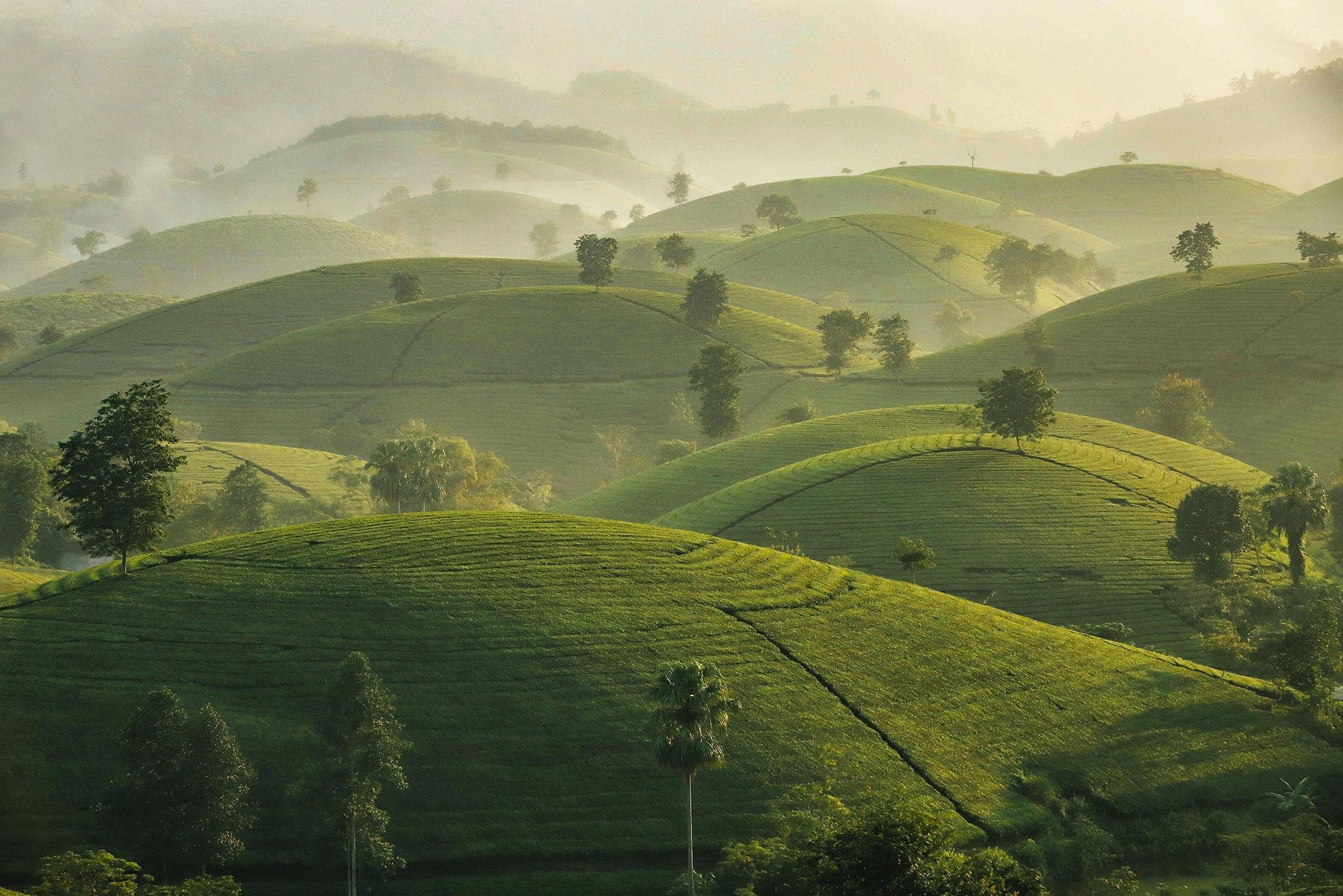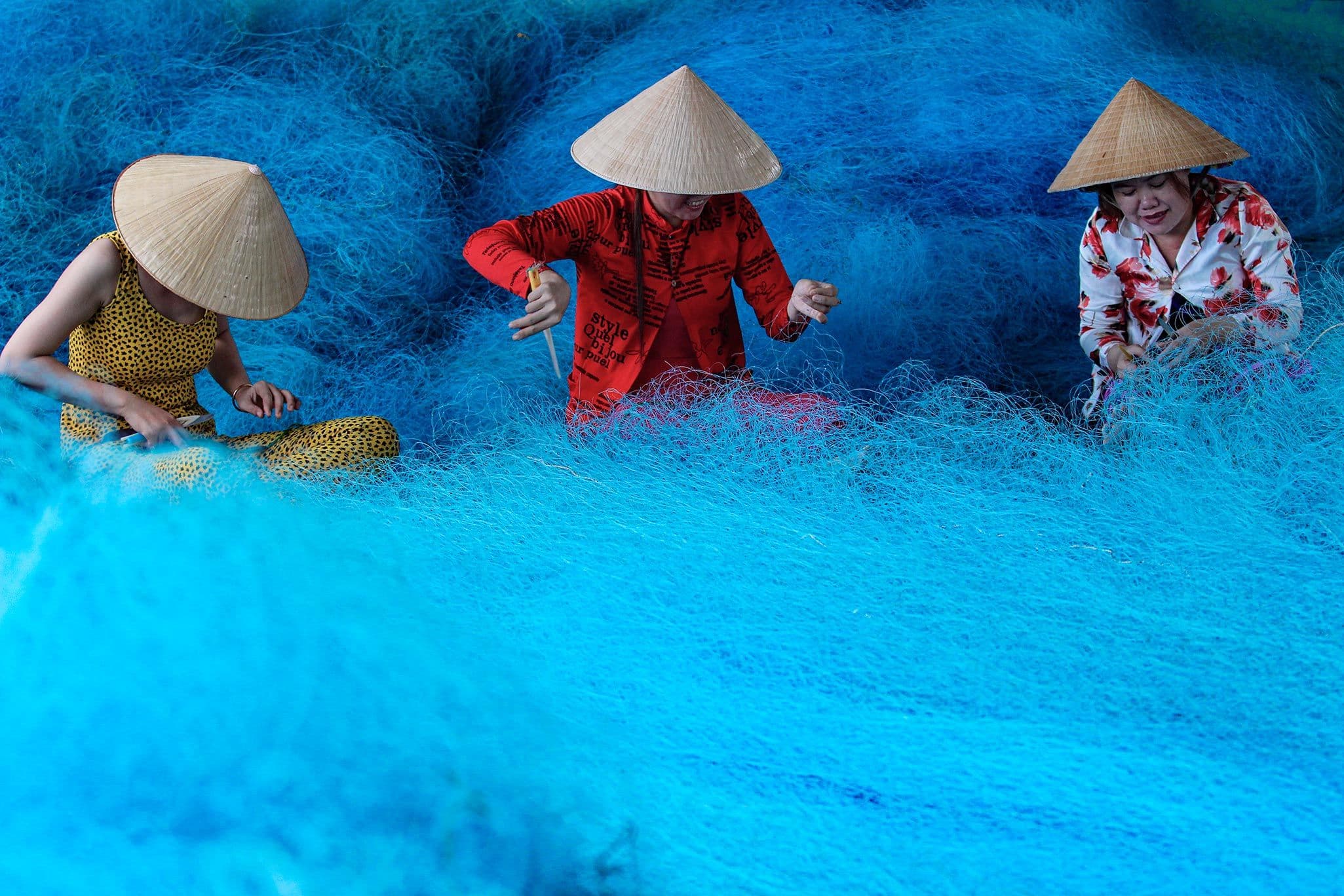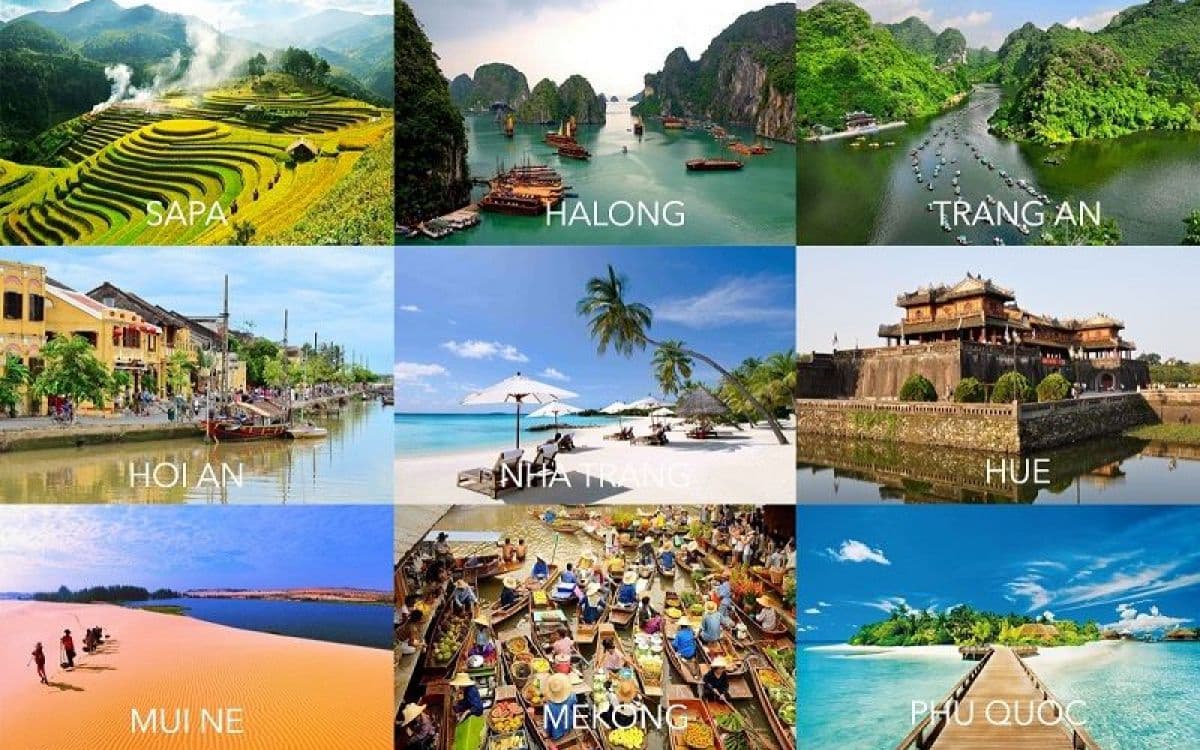
Planning is always an important part when you are about to travel somewhere, especially Vietnam. Don’t worry if you have no experience in how to prepare well for the Vietnam trip. Here are 7 Vietnam travel tips that give you the best journey ever!
Prepare a visa
Getting your visa for Vietnam is an important step before your adventure begins. UK travelers visiting Vietnam for tourism or business purposes for stays of up to 15 days are exempt from a visa. However, if you plan to stay for longer than 15 days, you will need to apply for a visa in advance.
There are two ways to apply for a visa to Vietnam from the UK:
- E-visa: The E-visa is applied online through the Vietnam Immigration Department's official website. It allows entry for tourism, business, or other purposes. E-visa is valid for a single entry within a specific period, usually up to 30 days.
- Visa on arrival (VOA): If you plan to stay in Vietnam for more than 15 days, you can apply for a visa on arrival at any of Vietnam's international airports. However, you must first apply online for your visa on arrival to ensure a smooth entry into Vietnam.
However, if you find it quite challenging to understand, don’t worry. You can ask for a Visa consultant from Ftrip, and we’ll help you with everything.

Book a Visa consultant for yourself
Buy yourself a travel insurance
Getting travel insurance is a good Vietnam travel tip if you are about to visit here. It is a developing country with limited healthcare infrastructure, and medical costs can be high. Hence, the insurance can help you cover unexpected events during your trip.
There are many different travel insurance plans available. So, you need to compare them and choose one that aligns with your purpose. Here are some points you need to consider:
- Medical coverage: Make sure your chosen plan covers medical emergencies, including hospitalization and evacuation.
- Trip cancellation coverage: If you have to cancel your trip for any reason, trip cancellation coverage can help you recoup your costs.
- Lost baggage coverage: If your luggage is lost or stolen, lost baggage coverage can help you replace your belongings.
- Other benefits: Some travel insurance plans offer other benefits, like rental car insurance, travel accident insurance, and emergency assistance.
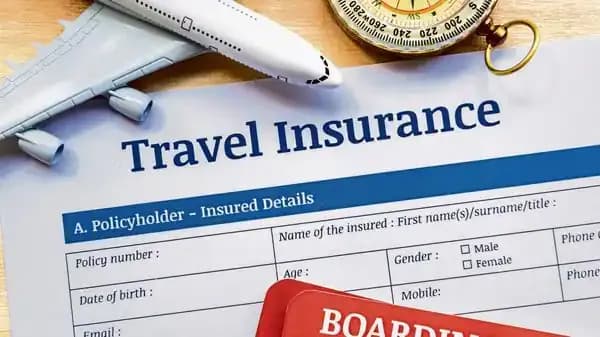
Travel insurance will benefit you all the way (Source: Mint)
Consider the time you visit
We suggest you travel to Vietnam during the dry season, which runs from November to April. During this time, the weather is generally sunny and warm, with little rainfall. This makes it ideal for exploring all that Vietnam offers, from its stunning beaches and ancient temples to its bustling cities and vibrant culture.
Here is a more detailed breakdown of the best time to visit Vietnam by region:
- North: The best time to visit North Vietnam is from November to April. During this time, the weather is generally sunny and warm, with little rainfall. It is excellent for you to explore the region's iconic attractions, like Ha Long Bay, Sapa, and the capital city of Hanoi.
- Central: You can visit Central Vietnam from February to April and September to November. This is a great time to visit popular destinations such as Hue, Hoi An, and Da Nang and enjoy the tranquil ambience here.
- South: From November to April is a good time for you to discover the beauty of the South. The weather is generally sunny and warm, which makes it perfect to experience floating markets and canals in the Mekong Delta.

Choose the best time to enjoy your journey (Source: Kenh 14)
Create your desired itinerary.
Having a suitable itinerary is crucial if you want to immerse yourself in the world of wonders thoroughly. When coming to Vietnam, many visitors find it challenging to enjoy their trips as they don’t know where to go for the best experience.
To create your desired itinerary when traveling to Vietnam, you can follow these steps:
- Decide how long you want to travel for and what kind of experience you're looking for
- Do some research on the different regions of Vietnam and what each has to offer
- Create a list of all the places you want to visit and activities you want to do
- Consider your budget and travel style
If you don’t know how to create an itinerary that matches your favor, you can check out some of the unique itineraries offered by Ftrip.

Prepare yourself a perfect itinerary (Source: Tourist VOV)
Exchange currency
We recommend you prepare some Vietnamese money (VND) to purchase anything you need without any currency-related problems. You can exchange money at local banks or Currency exchange bureaus for the best exchange rates.
When exchanging your currency, be sure to:
- Compare exchange rates at different places before you exchange your money.
- Ask about the commission fees charged by currency exchange bureaus.
- Count your money carefully before you leave the counter.
- Get a receipt for your transaction.
Learn Vietnamese words
Learning a few Vietnamese words can enhance your travel experience in Vietnam. This is also a great way to show your respect for the local culture.
Here are a few easy phrases you can start with:
- Xin chào (pronounced sin-chow) - Hello
- Cảm ơn (pronounced kam-uhn) - Thank you
- Xin lỗi (pronounced sin-loy) - Sorry
- Không (pronounced kung) - No
- Tạm biệt (pronounced tam-biet) - Goodbye
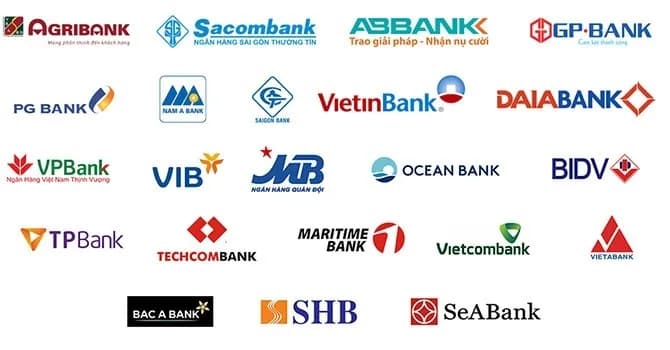
Choose legit banks to exchange the currency (Source: Bank review)
Try the Vietnamese cuisine
The final Vietnam travel tip is not to miss your chance to taste world-class cuisines. Vietnamese food is known for its fresh ingredients, bold flavors, and unique dishes. Here are 5 popular dishes that you must try:
- Phở: This is the most famous Vietnamese dish worldwide. It's a hearty noodle soup made with clear broth, rice noodles, and beef or chicken. You can eat it with fresh herbs, lime, bean sprouts, and chili.
- Bánh mì: Banh mi is a Vietnamese sandwich made with a baguette, meat, vegetables, and condiments. It is a popular street food in Vietnam and is also available in many restaurants.
- Bún chả: this dish is a perfect combination of grilled pork and noodles served with a dipping sauce. President Obama famously ate it during his visit to Vietnam in 2016.
- Bánh xèo: Bánh xèo is a Vietnamese pancake made with rice flour, water, and turmeric powder. It contains various ingredients, including shrimp, pork, and vegetables.
- Gỏi cuốn: Gỏi cuốn, also known as spring rolls, is a popular Vietnamese appetizer. They are made with rice paper, shrimp, pork, vegetables, and herbs.
- Cơm Tấm: It is a popular dish made with broken rice grains served with various accompaniments like grilled pork, pork skin, fried egg, and a fish sauce-based dressing. It's a beloved and flavorful meal in Vietnam.
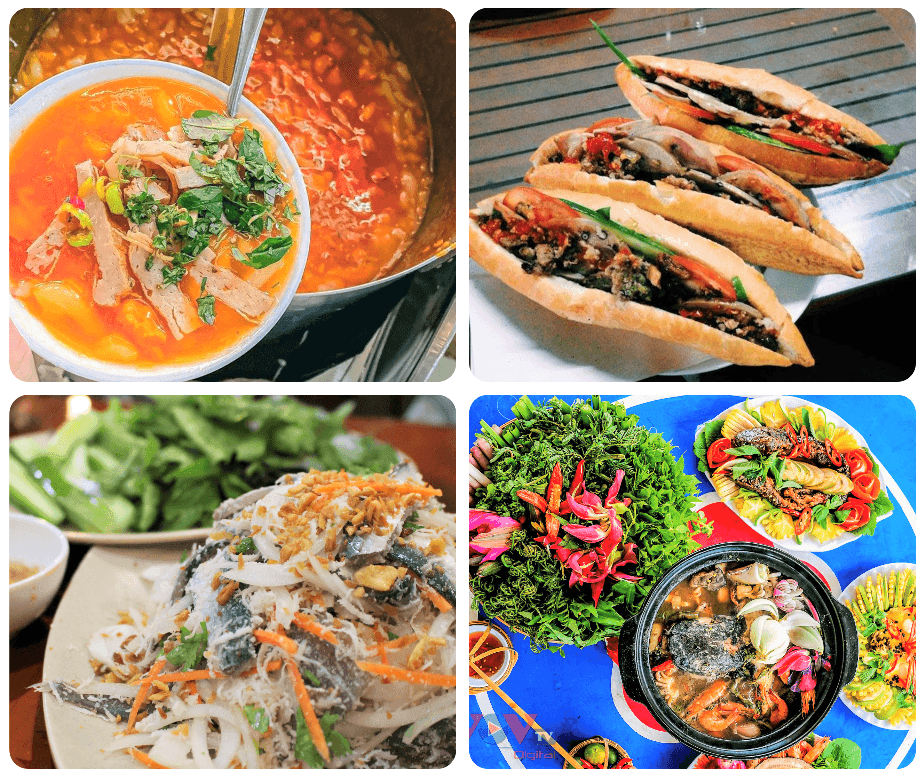
The world-class cuisines in Vietnam ( Thanh Nien News)
Final thoughts
Here’re the top 7 Vietnam travel tips we recommend you prepare for the best experience. Now, it’s time to pack your back and be ready for the most exciting trip of your life in Vietnam!
Vietnam Travel Tips: 15 Things You Need to Know | Local Insider (local-insider.com)


